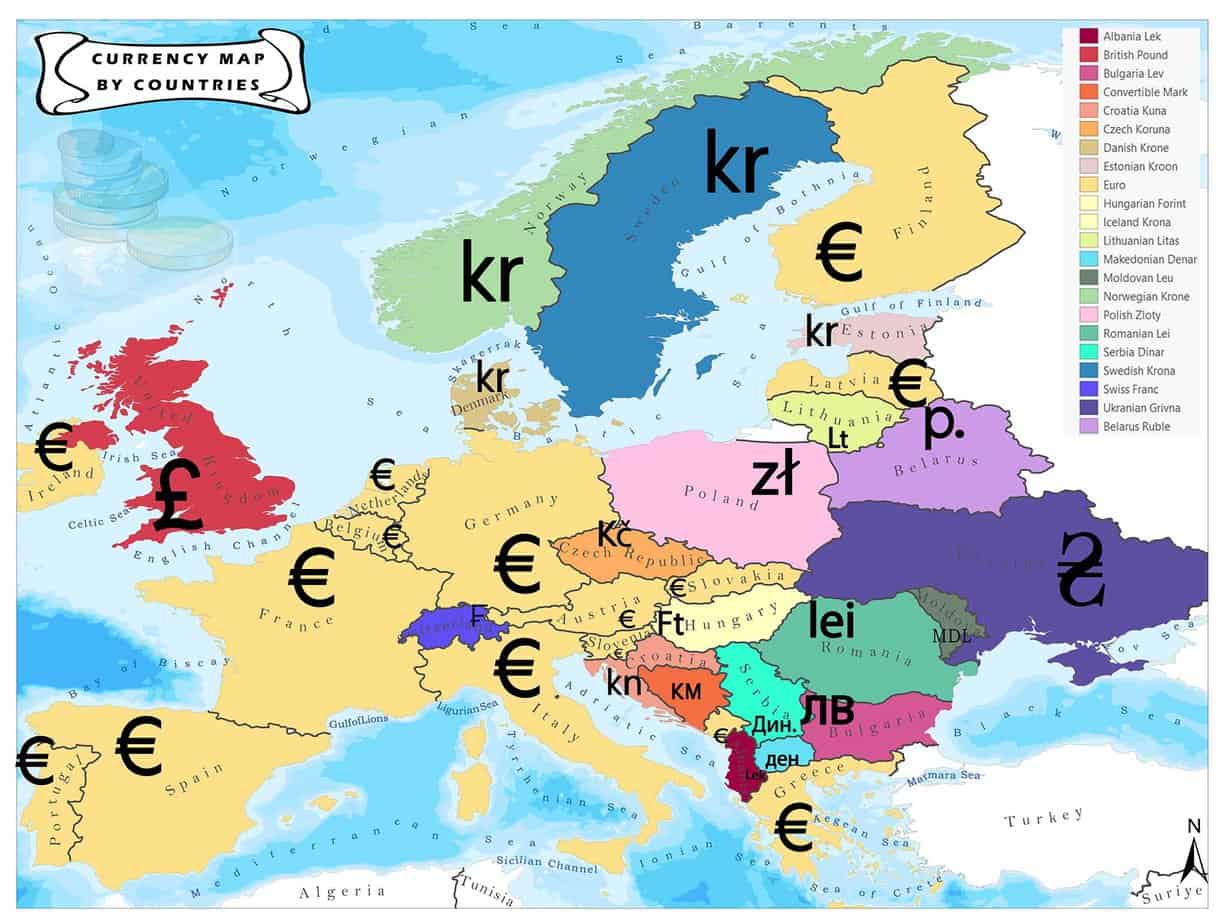In the past, I wrote many articles on this website about arbitrage in trading.
The recent surge in the global stock market has spurred numerous firms to cross-list their stocks through depository receipts, leveraging multiple financial benefits and enhanced market exposure. While primarily aimed at reducing debt and improving investor protection, this practice significantly diminishes capital costs and fortifies corporate governance. Additionally, it provides firms with invaluable international visibility, further facilitated by the one-price and market segmentation theory.

This theory suggests that the values of stocks, regardless of their listing locations, should converge through efficient markets, maintaining consistent prices across borders. Nevertheless, arbitrage opportunities arising from cross-listed return differentials indicate that markets may still exhibit inefficiencies, presenting lucrative possibilities for profit via security mispricing.
But before analysis, let us define the locational arbitrage:
Locational arbitrage exploits spatial discrepancies in the prices of identical financial assets across different markets or exchanges. This arbitrage strategy involves purchasing and selling an asset in different locations to capitalize on and profit from the price differences, leading to market correction and price alignment across locations.
Scenario:
Imagine that EUR/USD is being traded at 1.1200 in one bank in London while another bank in New York offers it at 1.1230. This discrepancy allows for a locational arbitrage opportunity.
Locational Arbitrage Example:
- Identification of Price Discrepancy:
- In London: Buy EUR/USD at 1.1200 (cheaper here).
- In New York: Sell EUR/USD at 1.1230 (it’s more expensive here).
- Execution of Trades:
- You would start by buying Euros in London, which cost less in USD.
- Simultaneously, you sell Euros in New York, where you get more USD for each Euro.
- Profit Calculation:
- The difference between the buying and selling price is 1.1230 – 1.1200 = 0.0030 USD per Euro.
- If you traded 100,000 Euros, your profit would be 100,000 * 0.0030 = 300 USD, assuming there are no transaction fees or other costs.
- Impact of the Arbitrage:
- Buying Euros in London increases demand there, pushing the price up.
- By selling Euros in New York, you increase the supply, pushing the price down.
- The actions of arbitrageurs like yourself would eventually lead to the alignment of EUR/USD exchange rates at both locations, erasing the arbitrage opportunity.
- Market Realignment:
- As more traders exploit this arbitrage, both markets’ EUR/USD rates converge.
- Once the rates are the same, the opportunity for locational arbitrage disappears.
Risks and Considerations:
- Transaction Costs: Fees for trading or transferring funds between banks can reduce or eliminate profits from arbitrage.
- Execution Speed: Given the high efficiency of financial markets, these discrepancies may only exist for a few seconds or less. High-speed trading systems are typically required to exploit these opportunities effectively.
- Market Volatility: Exchange rates can fluctuate quickly, so the discrepancy could disappear before the trades are completed.
This example highlights how locational arbitrage works by capitalizing on discrepancies in currency exchange rates across different locations. Its end effect is helping to maintain pricing efficiency in global financial markets.
Furthermore, we find that stocks cross-listed from emerging markets to developed markets enjoy increased trading volumes and liquidity and gain substantially in terms of investor protection and firm valuation. Our analysis suggests that maintaining a strategic balance in trading volumes can significantly narrow the price discrepancies in cross-listed stocks, thereby minimizing arbitrage opportunities and aligning more closely with the principle of one price across markets.
Implementing regulatory frameworks like the Markets in Financial Instruments Directive (MiFID) has further complicated the landscape, increasing trading volumes and potential market manipulations and reshaping the arbitrage opportunities available in European markets. This evolving dynamic underscores the critical need for ongoing research to adapt arbitrage strategies effectively in the face of global financial regulations and market changes.
























